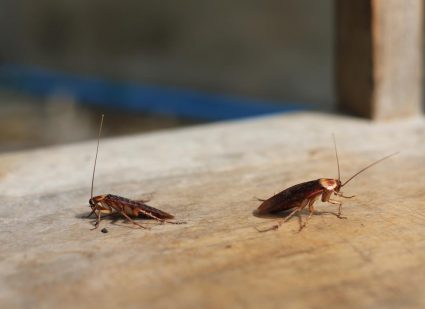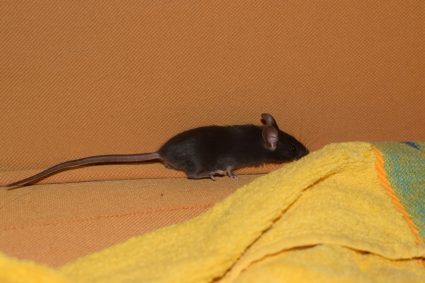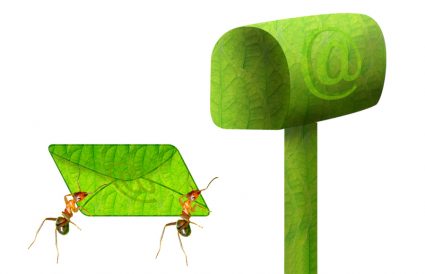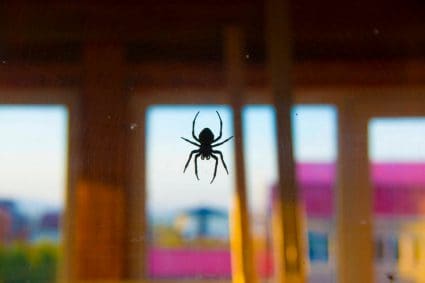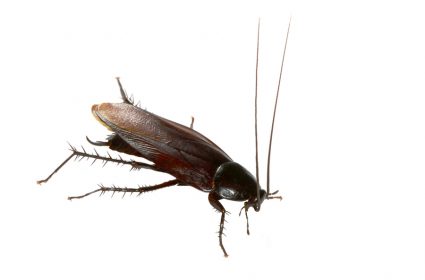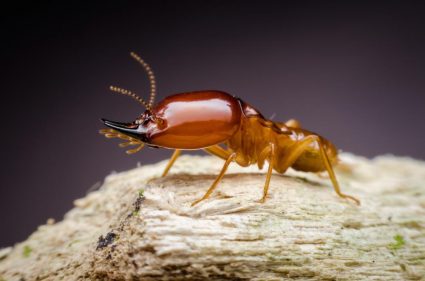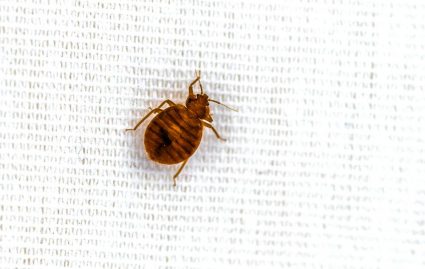
Silverfish are small, wingless insects known for their silvery color and fish-like movements. They are common household pests due to their consumption and destruction of property. Silverfish feed on materials high in sugar, starch, or protein, including paper, books, wallpaper, and even clothing. As such, they can cause significant damage to both buildings and personal possessions. Additionally, silverfish can trigger allergies in some individuals.
In the quest to control these pests, many people have turned to natural remedies, one of which is baking soda. But the question arises, does baking soda kill silverfish?
While baking soda has been suggested as a DIY solution to kill silverfish, there is no concrete scientific evidence to support this claim. The idea is that silverfish consume a mixture of baking soda and honey, which then dehydrates and kills them. However, it may not be the most effective or reliable method for controlling silverfish infestations compared to other methods.
Baking Soda: A Natural Remedy for Silverfish?
Baking soda, also known as sodium bicarbonate, is an alkaline compound commonly used in cooking as a leavening agent. In pest control, baking soda has been suggested as a DIY solution due to its non-toxic nature and widespread availability.
To use baking soda to kill silverfish, a mixture of equal parts water, baking soda, and honey is created. This mixture is then applied to small pieces of cardboard or strong paper and placed in areas where silverfish are likely to lurk. The silverfish consume the mixture, and the baking soda works to dehydrate them, eventually leading to their death.
However, it’s important to note that there is no concrete scientific evidence or studies that specifically support the claim that baking soda can kill silverfish. While this method is popular among DIY pest control enthusiasts, it is not backed by scientific research or studies.
Comparing Baking Soda to Other Silverfish Elimination Methods
When we compare baking soda to other popular silverfish elimination methods, we see that each has its own set of advantages and disadvantages.
For instance, diatomaceous earth is a naturally occurring organic material that dehydrates pests upon contact. Boric acid is a potent insecticide that can be used in powder or tablet form. Store-bought traps or DIY traps, such as jar traps or sticky traps, can help capture silverfish. Spraying along and behind baseboards with a liquid insecticide containing pyrethrin can also be effective.
On the other hand, reducing humidity by using a dehumidifier or fixing leaky pipes can deter silverfish, as they thrive in moist environments. Sealing cracks and crevices with caulking can prevent silverfish from entering and laying eggs.
While baking soda may have some effect on silverfish, it may not be the most effective or reliable solution for controlling these pests.
Preventing Silverfish Infestations
Prevention is always better than cure. Here are some preventative measures to avoid a silverfish infestation:
- Clean and declutter regularly to remove particles that may contain starches or saccharides that silverfish like to eat.
- Use a dehumidifier to reduce moisture in your home, repair leaky pipes and drains, and improve ventilation.
- Seal cracks, holes, or openings with caulking to keep silverfish out and stop them from laying eggs.
- Store food properly by keeping all dry food in sealed containers to keep them free of moisture.
- Light up dark areas, as silverfish are nocturnal and hate light.
- Use natural repellents like dried bay leaves or cedar oil, which silverfish are repelled by.
- Remove items with adhesive, such as stacks of paper, laundry, and cardboard boxes.
- Store clothes you won’t wear for a while in containers that silverfish can’t access.
- Set up traps, such as sticky traps, to catch silverfish.
Conclusion
In conclusion, while baking soda may have some effect on silverfish, it may not be the most effective or reliable solution for controlling these pests. However, it is a natural and safe alternative to chemical insecticides, making it an eco-friendly and non-toxic solution for dealing with silverfish infestations. Always remember that prevention is key, and following the above preventive measures can significantly reduce the chances of a silverfish infestation in your home.
Frequently Asked Questions
What are the signs of a silverfish infestation?
Some signs of a silverfish infestation include: seeing live silverfish, especially during nighttime or in dark areas of your home; finding their tiny, pepper-like feces; or noticing damage to paper, books, or clothing, which may appear as feeding marks, holes, or notches along an edge.
Are silverfish dangerous to humans?
While silverfish are not dangerous to humans in terms of physical harm as they do not bite or sting, they can trigger allergies in some individuals. Additionally, they can cause significant damage to property, including books, wallpapers, clothing, and other household items.
How long can silverfish live?
Silverfish are known to have a long lifespan compared to other insects. They can live from two to eight years, depending on the conditions of their environment.
Can silverfish infestations spread diseases?
No, silverfish are not known to carry or spread diseases. However, they can trigger allergies in some people and cause damage to property.
Can I use baking soda to kill other types of pests?
Baking soda is often suggested as a DIY solution for a variety of pests, including cockroaches and ants. However, like with silverfish, there is no concrete scientific evidence supporting the effectiveness of baking soda against these pests. It’s always best to consult with a pest control professional for severe infestations.

